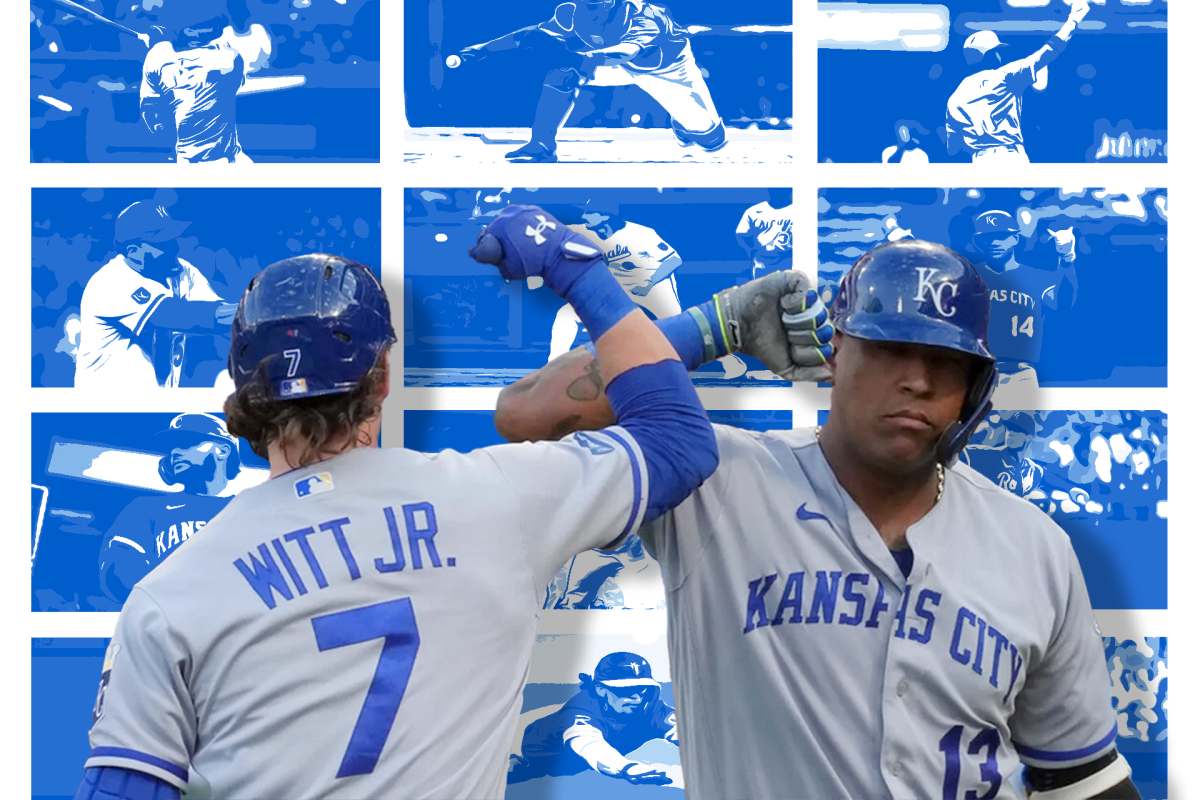You’ve probably seen some of the horrific halftime scores come across the ESPN bottom line. Miami 19, Maryland 14. Arkansas 21, Vanderbilt 11. Eastern Michigan 18, Northern Illinois 4. And as long as college basketball continues on its current path, you should get used to them.
Division I teams are averaging fewer points per game, the lowest at this point of the year since 1952.
The early exit of many top players to the NBA is the most commonly cited culprit behind the college basketball’s decline. Scoring in the college game started its long decline in 1995, when Kevin Garnett became the first modern player to be drafted straight out of high school. The early success of Garnett, Kobe Bryant, Tracy McGrady and LeBron James proved that going from the preps to the pros was not only possible, but also the optimal business plan for a handful of each year’s most talented high school seniors.
But this doesn’t explain why scoring totals and the game’s popularity have continued to fall since 2006, when the NBA instituted the age limit that requires players to wait until one year after their high school graduation before entering the draft. Even though every top player now spends at least one year in college, the product has continued to get worse.
That’s because the best individuals don’t necessarily make up the best teams. No matter how highly rated your recruits are, it’s still almost impossible to know what will happen when they take the floor together. Several teams — Kentucky in particular — are finding out that the likes of John Wall and Anthony Davis don’t come in every recruiting class.
The inconsistent nature and high turnover of talent means that there are no longer any dominant programs. And it’s hard to root against the parity and potential for upset this produces — only the most heartless among us didn’t cheer for Butler and VCU in their Final Four runs. But the ultimate result of this parity is a bunch of slow, mediocre games, and no Goliaths for those underdogs to knock off — both of which kill the casual fan’s interest, especially in the regular season.
It’s obvious that something must change for college basketball to regain its relevance. Scoring needs to go up, and more players have to stay in school long enough to develop the star power that attracts bodies to seats and eyeballs to televisions. Though they probably won’t be adopted anytime soon, let me propose solutions to both of these problems.
The first, and easiest, thing the NCAA can do is cut the shot clock from 35 seconds to either 30 (like in women’s college basketball) or 24 (like in the NBA). It’s simple arithmetic: if more shots are taken, then more will go in, and more points will be scored. This change would force officials to crack down on the physicality that destroys the rhythm of today’s games and make coaches teach their teams to capitalize on fast break opportunities and quicker-developing set plays.
The other proposal involves the adaptation of baseball’s eligibility rules. A high school baseball player can choose to sign a professional contract or a collegiate letter-of-intent that forces the player to remain in school for three years before he can become draft-eligible again. Such a system benefits both players, who would no longer be forced to attend college against their will, and college basketball, which would gain two more years to develop and market its top stars.
When all else fails, March Madness will still come to prop college basketball up. But that’s the point — all else is failing right now. Unless changes are adopted to make the sport more exciting, it’s only a matter of time until the Big Dance loses its luster too.







